- 1. Texas A&M Veterinary Graduates Lead The Nation In Licensing Exam Pass Rates
- 2. Next-Generation Care: $20M Gift To Support Construction Of New Small Animal Teaching And Research Hospital
- 3. Dachshund Recovers From Herniated Disc Following New, Non-Surgical Treatment
- 4. Texas A&M Research Suggests Fathers Abstain From Alcohol Use Prior To Conceiving Children
- 5. Texas A&M School Of Veterinary Medicine & Biomedical Sciences Ranks Among World’s Best Veterinary Schools
- 6. Good Bull: Aggies Use New Technique To Heal Longhorn's Fractured Skull
- 7. Texas A&M’s Veterinary Campus In Texas Panhandle Celebrates Its First Aggie Ring Day
- 8. Texas A&M Veterinary Medical Teaching Hospital Launches Initiative To Address Mental Health Crisis Among Technicians
- 9. Texas A&M Receives $1.8M NIH Grant To Support Bone Health In People With Down Syndrome
- 10. Texas A&M Veterinary Emergency Team Sees Record Number Of Patients At Operation Border Health Preparedness
- 11. Texas A&M Researchers Show Endangered Parrot Species Is Thriving In Urban Areas
- 12. Texas A&M Wildlife Center Welcomes Two-Toed Sloth
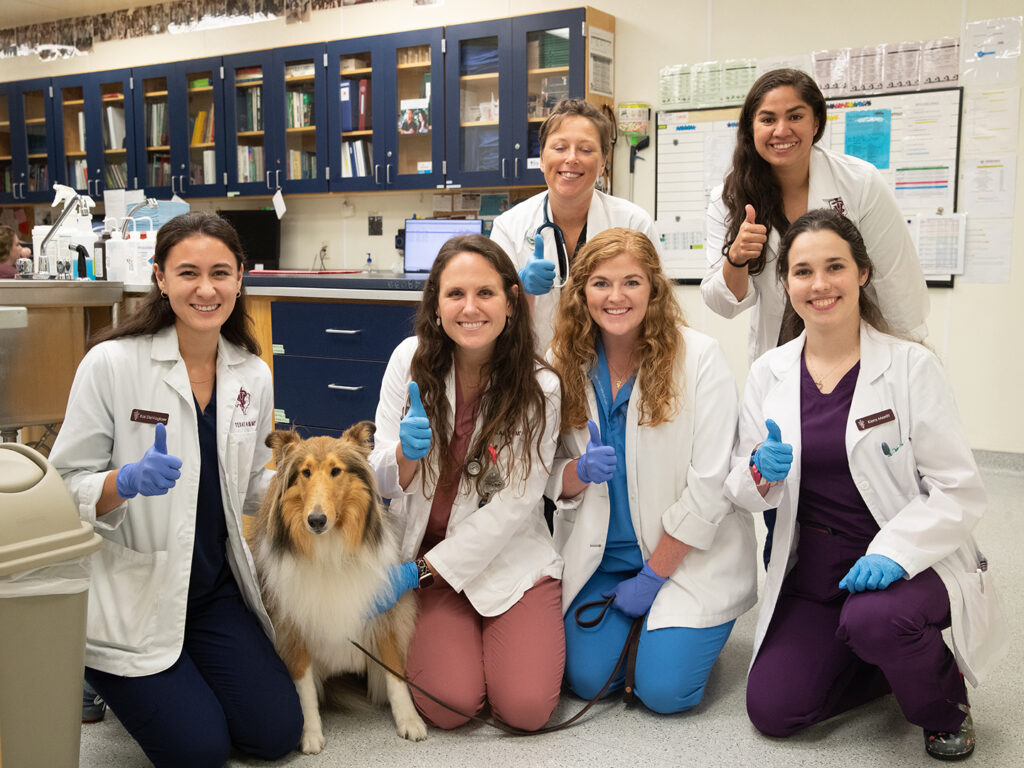
1. Texas A&M Veterinary Graduates Lead The Nation In Licensing Exam Pass Rates
Texas A&M University’s Doctor of Veterinary Medicine (DVM) students have continued the multi-year Aggie tradition of passing the North American Veterinary Licensing Examination (NAVLE) with a rate that greatly exceeds the national pass rate.
More than 99% of the DVM Class of 2023 passed the licensing examination, which is significantly higher than the overall pass rate of 86% for all American Veterinary Medical Association Council on Education accredited institutions. Passing the NAVLE is a requirement for licensure to practice veterinary medicine in the United States and Canada.
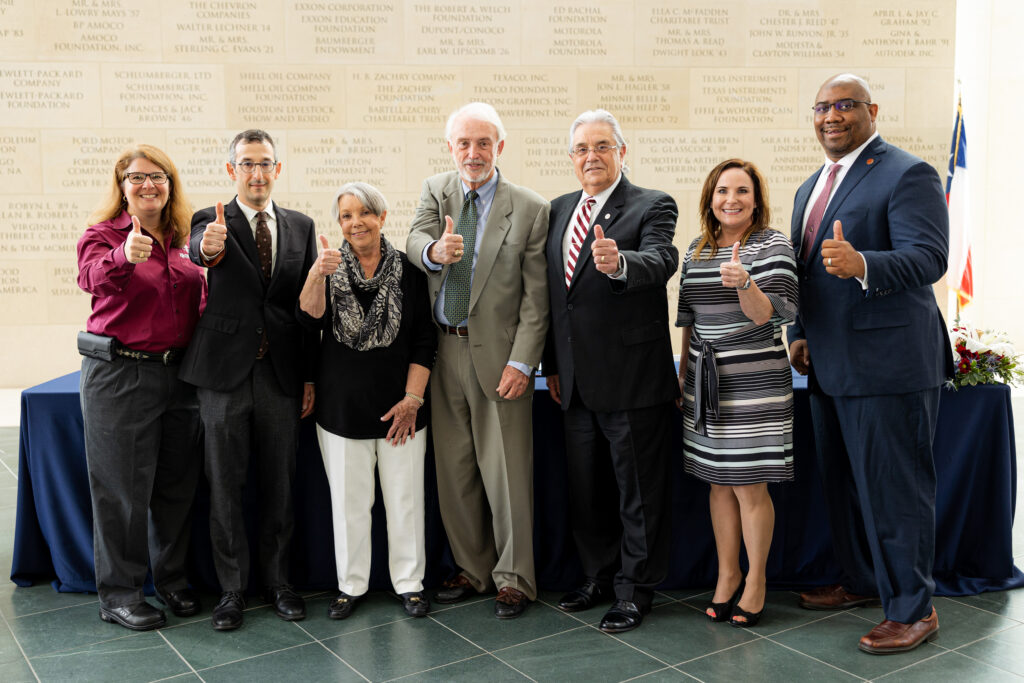
Dennis Clark, Dr. John August, Chastity Carrigan ‘16, and Larry Walker ‘97
2. Next-Generation Care: $20M Gift To Support Construction Of New Small Animal Teaching And Research Hospital
Inspired by their love of animals and passion for Aggieland, Linda and Dennis Clark ’68 ’71 have pledged a $20 million lead gift through the Texas A&M Foundation to support construction of a new Next-Generation Small Animal Teaching & Research Hospital at Texas A&M University. The cutting-edge facility will replace the current SATH and enable students, faculty and staff in the VMBS to further elevate its already world-renowned veterinary medicine program.
The couple hopes their gift will challenge and inspire others to support the construction project, which still requires a significant investment from private donors to reach fruition.
3. Dachshund Recovers From Herniated Disc Following New, Non-Surgical Treatment
When Oscar, a 5-year-old Dachshund, developed partial paralysis from a herniated disc, he became the first dog to experience a new, non-surgical treatment option through a veterinary clinical trial at the Texas A&M Small Animal Teaching Hospital (SATH).
Rather than surgically removing the damaged disc, the new method involves injecting an enzyme into the disc to dissolve it. Dr. Nick Jeffery is testing this method specifically to help owners who can’t afford the expensive surgery usually used to treat herniated discs.

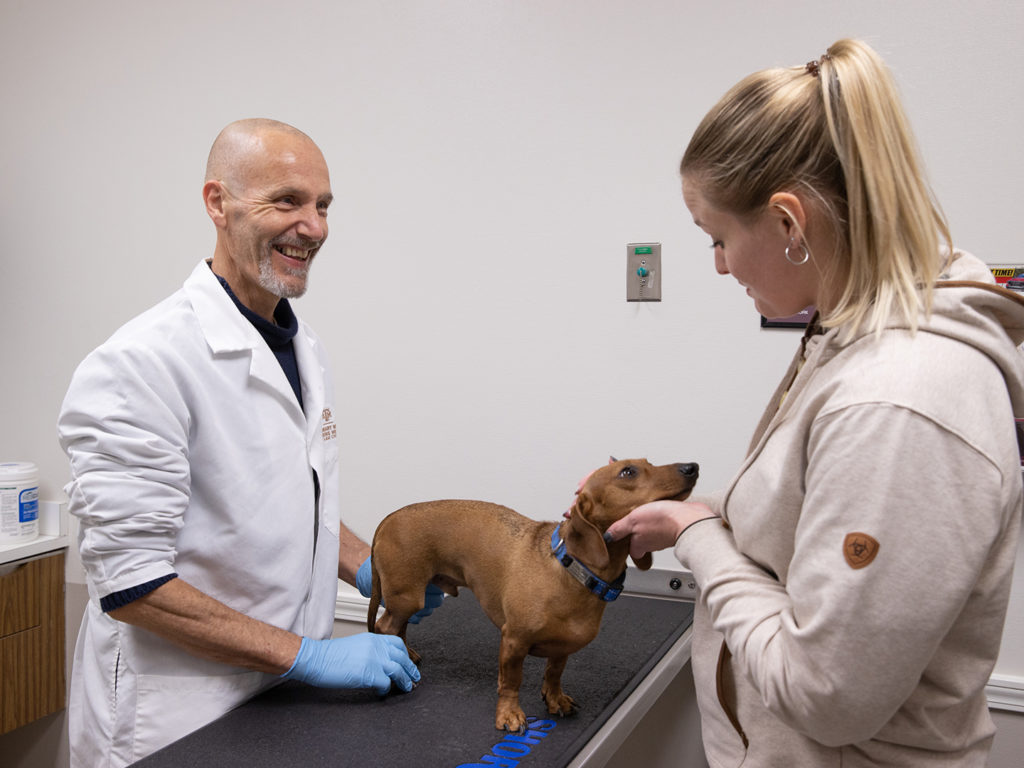

4. Texas A&M Research Suggests Fathers Abstain From Alcohol Use Prior To Conceiving Children
Researchers at Texas A&M University have already shown that paternal drinking habits prior to conception can have a negative effect on fetal development — with semen from men who regularly consume alcohol impacting placenta development, fetal alcohol syndrome (FAS)-associated brain and facial defects, and even IVF outcomes.
In an article published in Andrology, the lab of Dr. Michael Golding has now demonstrated that it takes much longer than previously believed, longer than a month, for the effects of alcohol consumption to leave the father’s sperm.
5. Texas A&M School Of Veterinary Medicine & Biomedical Sciences Ranks Among World’s Best Veterinary Schools
The VMBS is ranked 11th in the world and 6th in the United States in veterinary science, according to the 2023 Quacquarelli Symonds (QS) World University Rankings by Subject.
Texas A&M is also the most highly ranked among all Southeastern Conference (SEC) universities with veterinary schools.
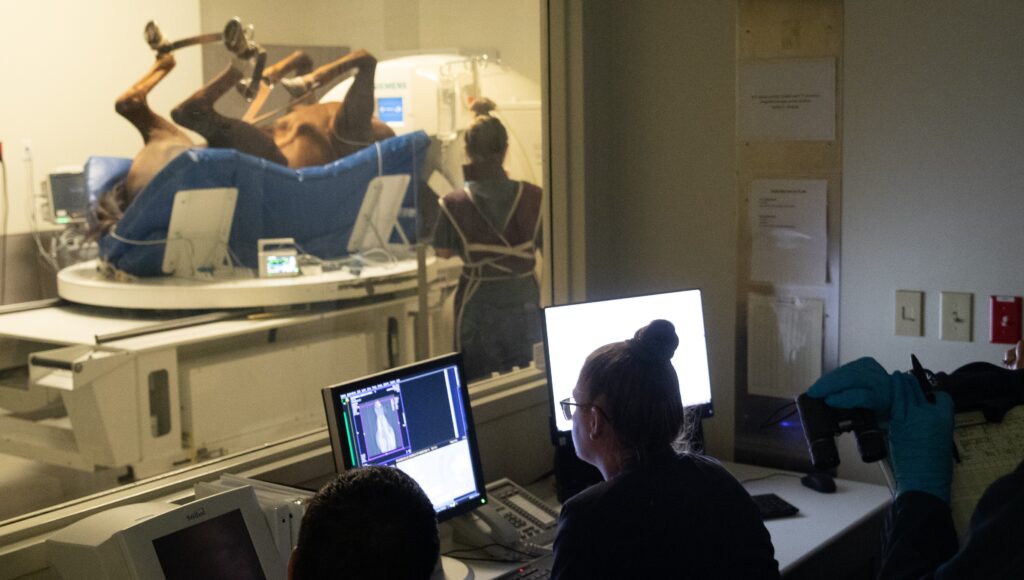
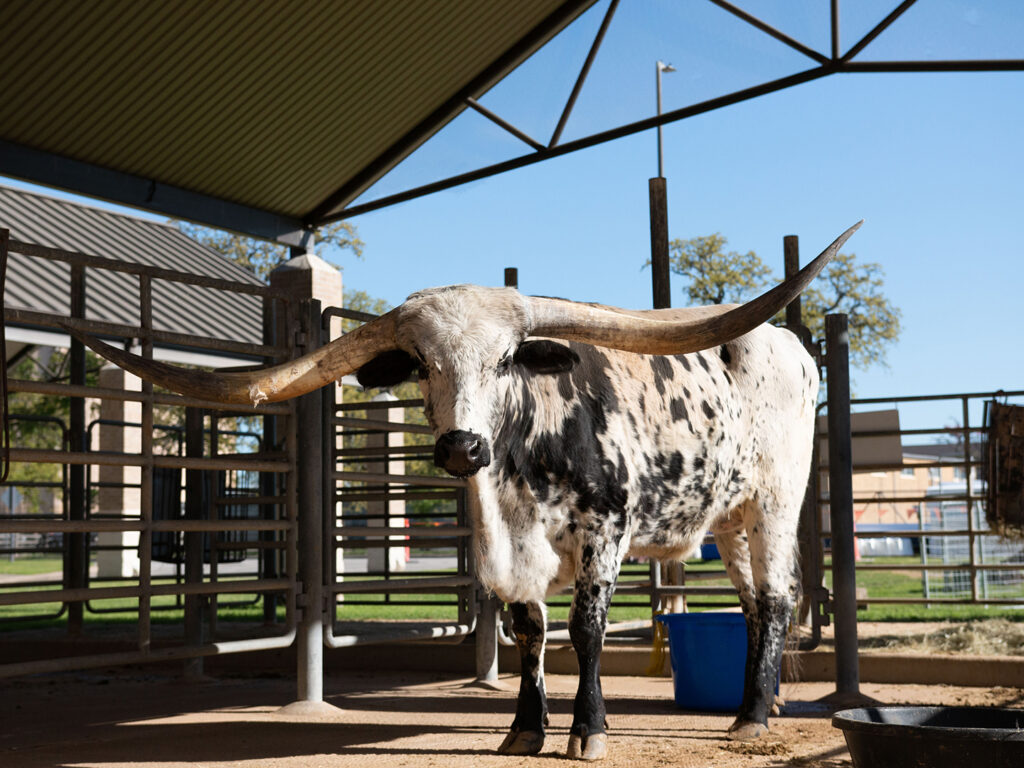
6. Good Bull: Aggies Use New Technique To Heal Longhorn’s Fractured Skull
The rivalry between Aggies and Longhorns goes back more than 100 years, but it stops at the doors of the Texas A&M Large Animal Teaching Hospital (LATH), where Aggies recently worked together to heal a longhorn named Dante, a resident of Austin Zoo.
Dante was brought to Texas A&M with a fractured skull that was being exacerbated by his extremely heavy, nearly record-breaking horns. The original plan was to amputate both horns, but Dante’s Aggie veterinary team came up with an innovative strategy that would allow the fracture to heal and the horns to remain in place.
7. Texas A&M’s Veterinary Campus In Texas Panhandle Celebrates Its First Aggie Ring Day
Students in the VMBS’ 2+2 Doctor of Veterinary Medicine (DVM) Program celebrated their first Aggie Ring Day 527 miles from the Texas A&M campus in Canyon on April 14.
Nine second-year veterinary students received Aggie Rings, symbolizing that they have completed at least 45 credit hours toward their professional DVM degrees at Texas A&M.



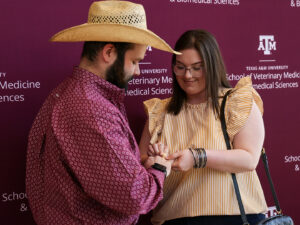


8. Texas A&M Veterinary Medical Teaching Hospital Launches Initiative To Address Mental Health Crisis Among Technicians
A study recently published by the Journal of the American Veterinary Medical Association indicated that 50% of veterinary technicians burn out of the profession in their first five years, and those in the field are up to five times more likely to die by suicide than the general population.
To support these critical professionals, the VMTH has created a new space that will allow technicians to relax, recharge, and connect with their colleagues while on the job. The Grotto was developed and designed by Sherri Jerzyk, a veterinary technician in the VMTH’s Sports Medicine & Rehabilitation Service as part of her veterinary social work certificate program, focusing her keystone project on improving veterinary technician mental health.
9. Texas A&M Receives $1.8M NIH Grant To Support Bone Health In People With Down Syndrome
Texas A&M University researchers have been awarded a $1.8 million grant from the National Institutes of Health (NIH) to study bone regeneration throughout the lifespan to ultimately benefit individuals with Down syndrome.
The new INvestigation of Co-occurring conditions across the Lifespan to Understand Down syndromE (INCLUDE) Project grant will help scientists understand whether bone regeneration holds the key to helping people with Down syndrome recover from fractures.
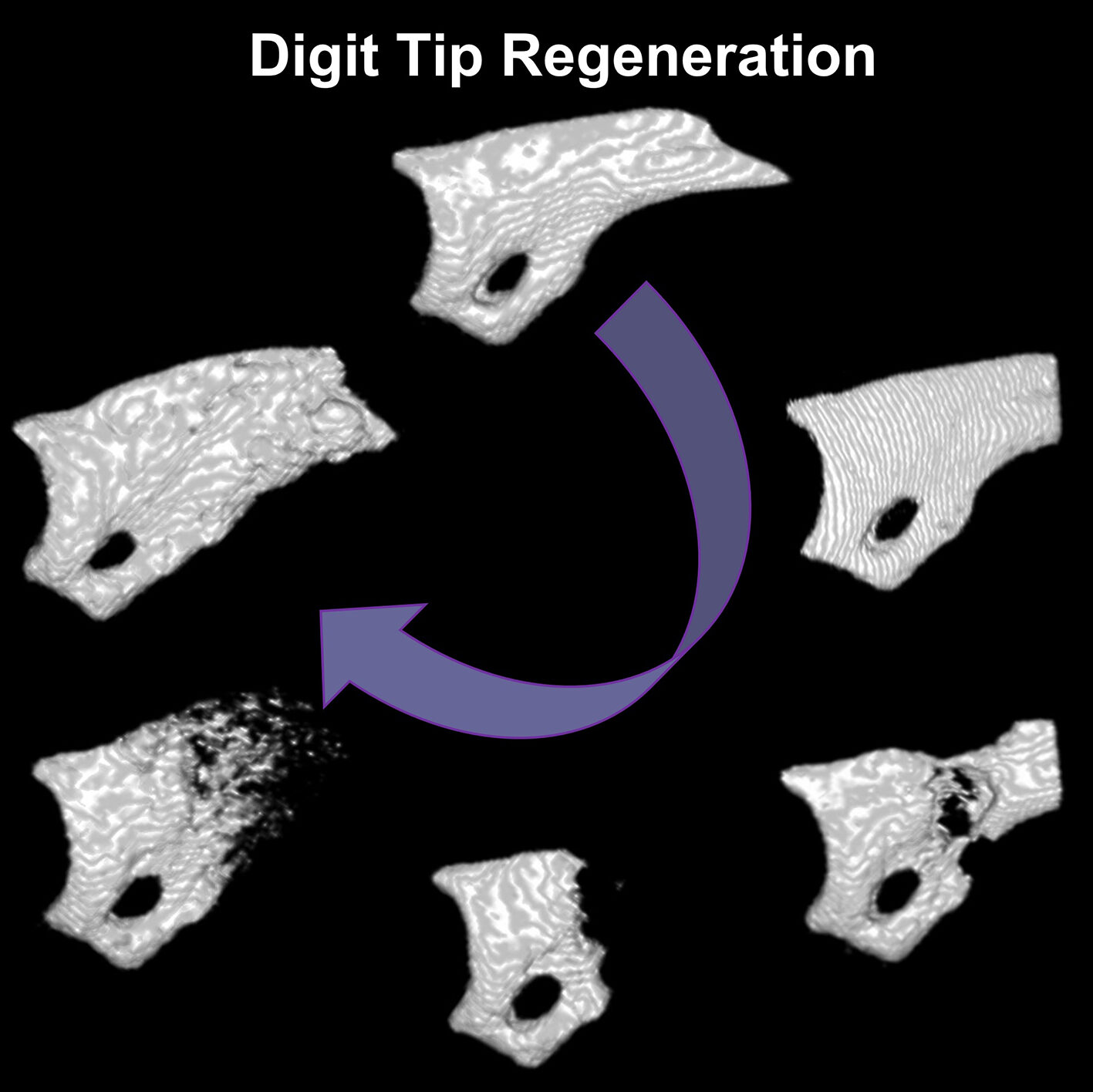
After an amputation, the body breaks down the injured fingertip and regenerates a new one.
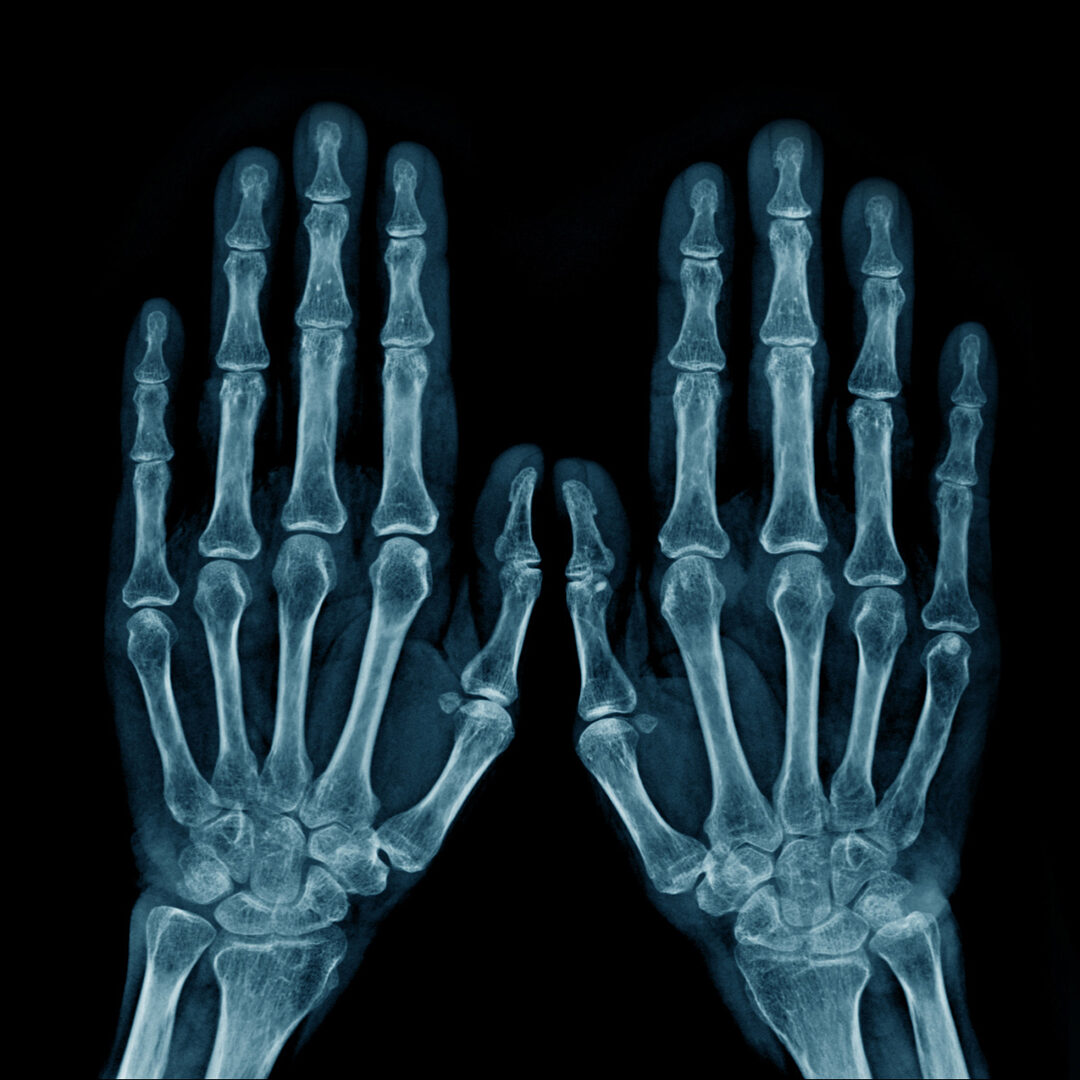
Understanding how bone regeneration works is key to developing new treatments for the approximately 2.1 million people in the U.S. living with limb loss.
10. Texas A&M Veterinary Emergency Team Sees Record Number Of Patients At Operation Border Health Preparedness
The Texas A&M Veterinary Emergency Team (VET) once again played a key role in Operation Border Health Preparedness (OBHP), an annual readiness exercise hosted by the Texas Department of State Health Services that provides emergency response teams the opportunity to test their readiness for the next major disaster while also providing annual medical and veterinary care to communities that would otherwise go without it.
By the end of the week, the team had completed a record 1,022 veterinary visits at its base of operations in Willacy County, which almost doubled the number of patients the team saw in 2022 and is significantly higher than their caseload in 2021, the team’s first year to participate.
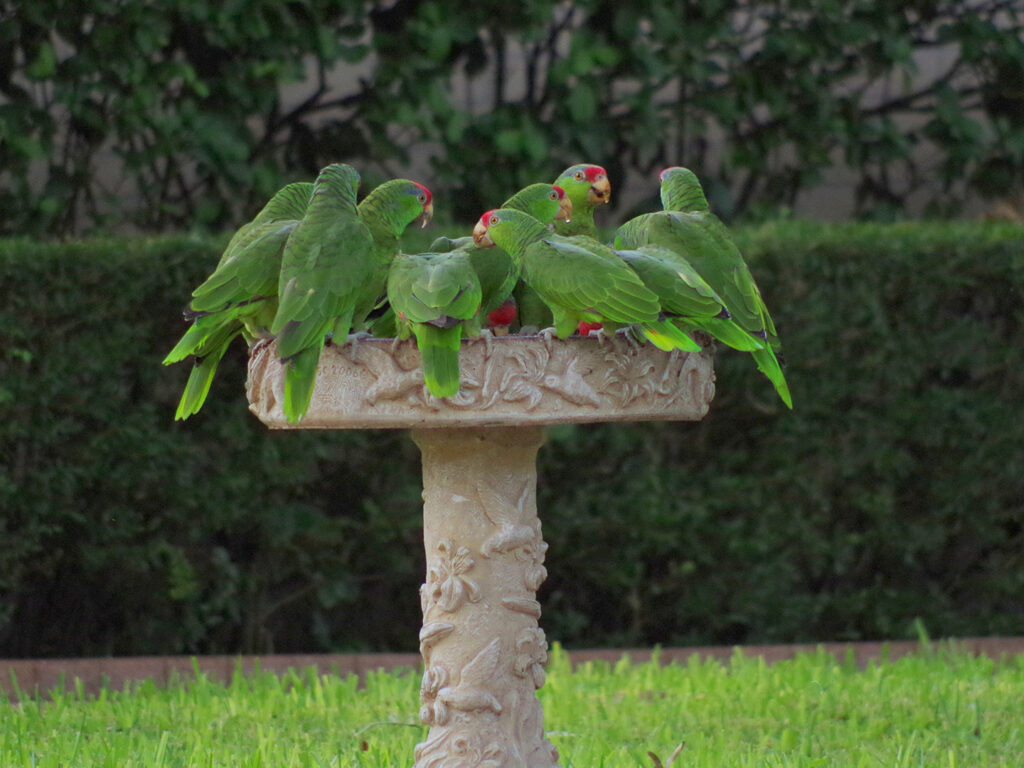
11. Texas A&M Researchers Show Endangered Parrot Species Is Thriving In Urban Areas
A Texas A&M-led research team has discovered that a population of endangered red-crowned parrots is thriving in urban areas of South Texas. The parrots are a unique case, considering that many animal species are affected negatively by the expansion of human urban areas, which can lead to deforestation and pollution of natural habitats.
The team’s documentation of the red-crowned parrot’s habitat ranges and urban dependency will enable the Texas Parks & Wildlife Department and other conservationists to better protect these endangered birds.
12. Texas A&M Wildlife Center Welcomes Two-Toed Sloth
The VMBS’ Winnie Carter Wildlife Center recently welcomed its newest animal resident, a Linnaeus’s two-toed sloth named “Michael Jr. Slow Poke Sloth.”
Michael Jr. was given to the wildlife center by a nearby animal sanctuary and arrived at the VMBS on April 12. Having the 1.5-year-old sloth at the Wildlife Center presents a unique opportunity for undergraduate, graduate and veterinary students to learn about aspects of exotic animal care and medicine.


